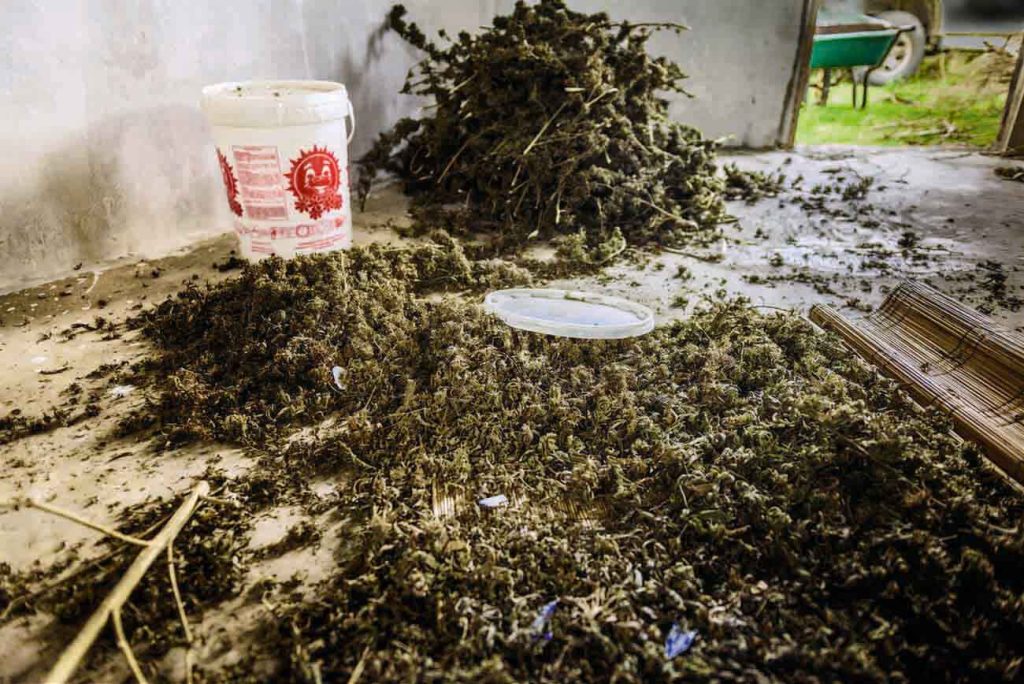Zambia’s Forgotten Industrial Hemp Act:
Up In Smoke?
The global hemp industry is worth an astronomical USD 6.2 billion. The industry’s growth has been nothing short of stratospheric, driven by the discovery of more beneficial uses for hemp products and derivatives, as well as the numerous markets these are yielding. Why, then, isn’t Zambia actively staking a claim to its slice of this lucrative pie? Let’s explore Zambia’s hemp story.
Legal Framework
On 20 May 2021, Zambia enacted Act Number 34, the Industrial Hemp Act, 2021. This Act was passed in tandem with Act Number 33, the Cannabis Act, 2021, to ensure a clear distinction between the two products. The objective of the Hemp Act was to introduce the Zambian agricultural sector to a new avenue of growth and diversification through the legal and regulated cultivation of hemp.
The Hemp Act of 2021 is a landmark piece of legislation regulating hemp cultivation, processing, and commercialisation in Zambia. It recognises and highlights hemp’s versatility and makes it a point to distinguish it from narcotic cannabis because of its low tetrahydrocannabinol (THC) content. THC is a cannabinoid found in cannabis and is the primary psychoactive compound that causes intoxication or the “high” associated with cannabis use.
This one active component marks the most distinct difference between hemp and narcotic cannabis. For clarity, hemp is cannabis that contains 0.3% or less THC by dry weight; narcotic cannabis, also commonly referred to as marijuana, is defined as cannabis with more than 0.3% THC. This distinction is deliberately created by the Act to support, guide, and encourage the legal cultivation, production, and processing of hemp for use in the medical, industrial, and food-processing sectors.
The Hemp Act, 2021, gives Zambian farmers who venture into this sector a seat at the global hemp market table, potentially boosting income for local communities and contributing to broader economic diversification efforts.

The Wonder Plant
But what is all the fuss regarding hemp? Well, hemp is somewhat of a wonder plant. It provides a vast array of products and, when grown correctly, can yield some incredibly high profitability per acre. A few cases in point
- Hemp stalk provides a sustainably grown fibre, which can be woven into rope, string, textiles, livestock feed, insulation material, and even biofuel.
- Hemp leaves, rich in polyphenols (naturally occurring plant compounds which serve as antioxidants, with more potential health benefits being unlocked through research), are a top source of cannabidiol (CBD). CBD is the non-psychoactive compound derivative that yields health benefits without the much-frowned-upon mind-altering “high” infamously associated with THC. These leaves can be used for food supplements and skincare products, dried and added to infusions, and in some places, even eaten raw in salads.
- Hemp flowers are the platinum standard for CBD harvest. The CBD oil extracted from hemp flowers is predominantly added to creams, ointments, and lotions, with the most significant benefit being its use in pain management when applied topically.
- Hemp seeds (cold-pressed to yield hemp seed oil that contains no cannabinoids) are rich in protein, dietary fibre, fatty acids, and magnesium. On the industrial front, several manufacturers use this oil in products like paint, varnishes, and even plastic production.
Like all other cash crops, it’s all about the numbers. Averages hover around USD 450 per acre for hemp fibre, and USD 250–300 per acre for hemp seeds. Growing hemp for CBD is by far the most profitable venture, yielding anywhere from USD 2,000 to USD 40,000 per acre, with even higher numbers reported by some growers. The caveat here is that higher profitability is dependent on the quality of plants cultivated and the methods used in that cultivation process.
Barriers to Entry
With all these positives attributed to hemp cultivation, the question remains – why isn’t Zambia diving headlong into the mass cultivation of this wonder crop? Various barriers exist to entering and successfully playing in this space:
- These include a restrictive licence fee of USD250,000 to commence operations coupled with expensive quality seeds that provide high CBD and low THC.
- Hemp is a labour-intensive crop, with manual labour needed for planting, maintenance, harvesting and processing. It requires meticulous harvesting, storage and processing to preserve CBD and yield quality fibre. This infrastructure can be quite costly in large-scale operations.
- There are legal risks of ensuring the crop never breaches the legal threshold of THC concentration and the need for dedicated 24-hour security, to prevent theft due to the crop often being mistaken for marijuana.
On the positive front, hemp grows very quickly, taking only 60 to 90 days and 90 to 120 days to reach the fibre and seed harvesting stages, respectively. Hemp is resistant to pests, acts as a good nitrogen fixer, is eco-friendly, and can be grown sustainably on reasonably fertile land, which Zambia possesses in abundance.
Recent Developments
In January 2025, Zambia’s hemp-growing future received a much-needed boost with the announcement that the Zambia National Service had secured 20,000 hectares in Kabompo, North-Western Province. This news could be just the spark that Zambia has been waiting for to ignite the acceleration of hemp cultivation and production in Zambia.
The Zambia National Service, with its storied history of agricultural prowess, ticks all the boxes for the successful implementation of this project. It is a self-sufficient and self-protective entity that can turn what has hitherto been merely a discussion point into a success story run with military precision.
Zambia waits with bated breath to see positive outcomes from this venture. It is hoped that, if executed correctly, it will be a scalable operation that initiates a lucrative chain reaction from field to finished product, replete with value-added opportunities for the benefit of the Zambian economy.



